Drone photography has really “taken off” recently (pun intended). But before you start offering aerial photography, you need to know what you’re doing.
One of the toughest things to accomplish as a real estate photographer is to capture the full extent of a property. Sure, you’ll have your wide-angle lens to get as much in the frame as you can manage, but sometimes it’s still not enough. That’s where drone photography has been really valuable. By adding in the aerial perspective, you can give buyers a birds-eye view of the whole property and the surrounding neighborhood as well.
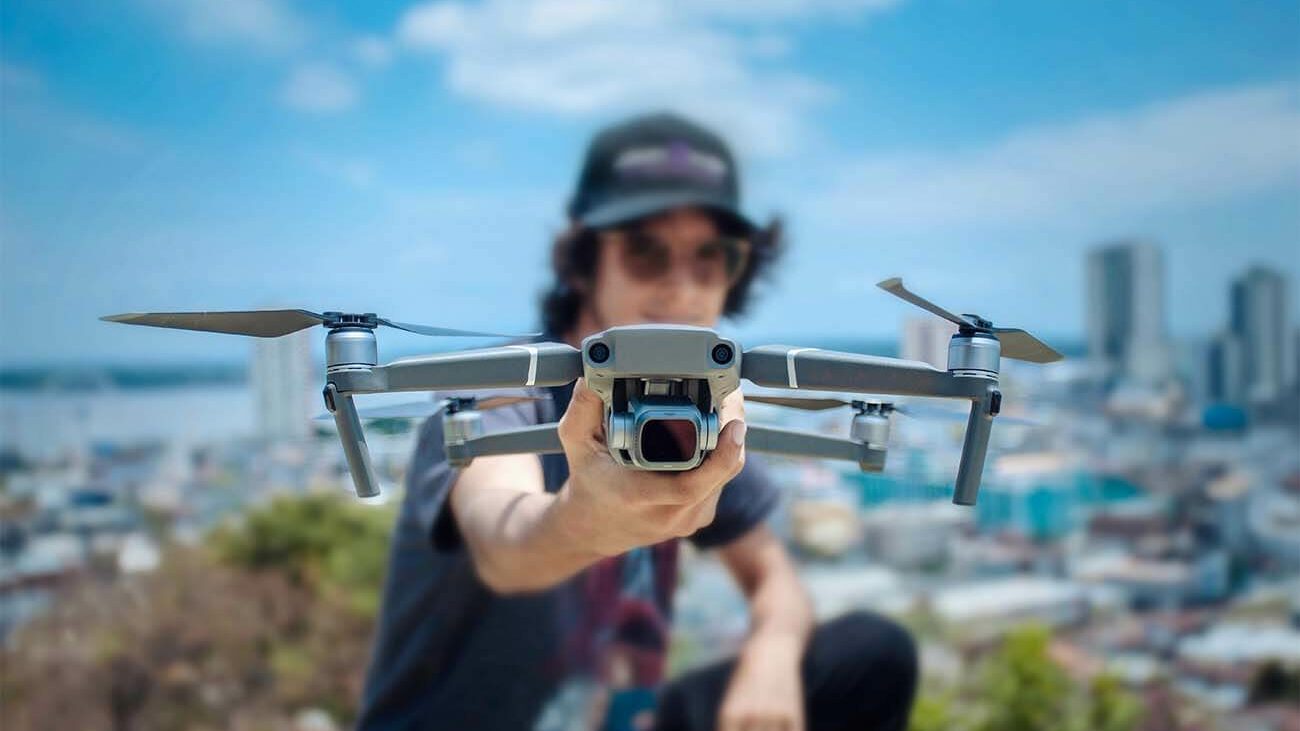
It’s another tool in your arsenal as a real estate photographer and, with a bit of practice, you should be able to deliver high-quality and engaging images that add more value to clients and more money to your pocket.
5 Tips to Becoming a Great Drone Photographer
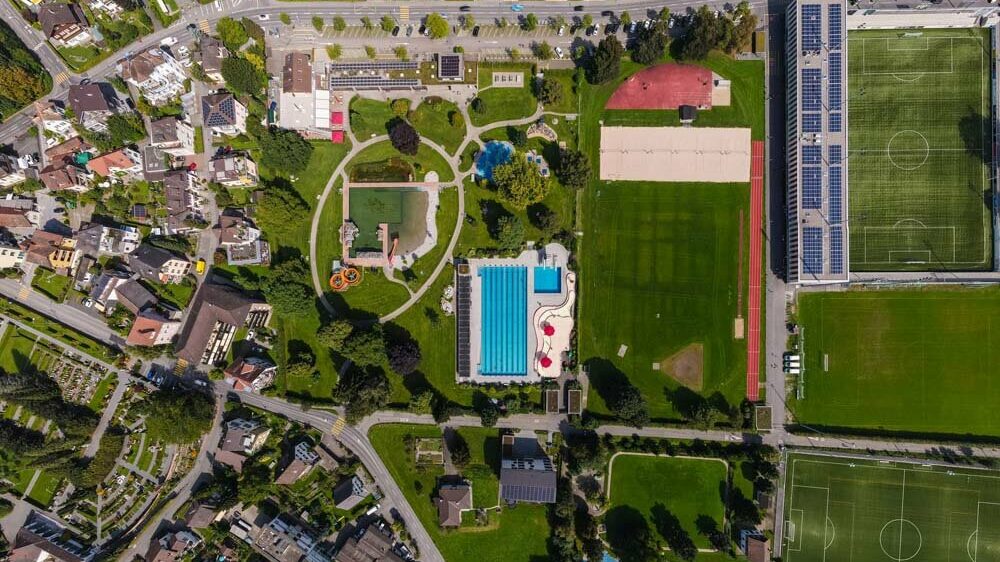
There are a few things that you need to know and understand before you can start charging clients for your drone photography services.
Deliver Quality

It’s extremely important to deliver a high-quality product, and that means using high-quality equipment. Make sure you’re working with a high-resolution camera of at least 12MP or more. Double-check that your camera can also shoot video at minimum 30 frames per second.
When it comes to the drone itself, you need one that can manage flight times of at least twenty minutes, with a range of at least a mile and that has a built-in gimbal to provide a smooth flight and camera stability for your shots. Here are some of the top recommended drones for real estate photographers.
Know the Law
There are laws that need to be respected when it comes to flying a commercial drone around residential areas in the United States. For one thing, you are forbidden from flying near an airport or airfield or around any other aircraft. You also need to make sure that you are flying below 400ft in the air, and that you keep the drone at least 150ft away from people to protect their privacy.
Find out the latest legal requirements for flying a drone.
Have You Ever Thought To
Outsource Photo Editing?
Try it today with 10 free edits from three professional photo editors.
Practice Flying
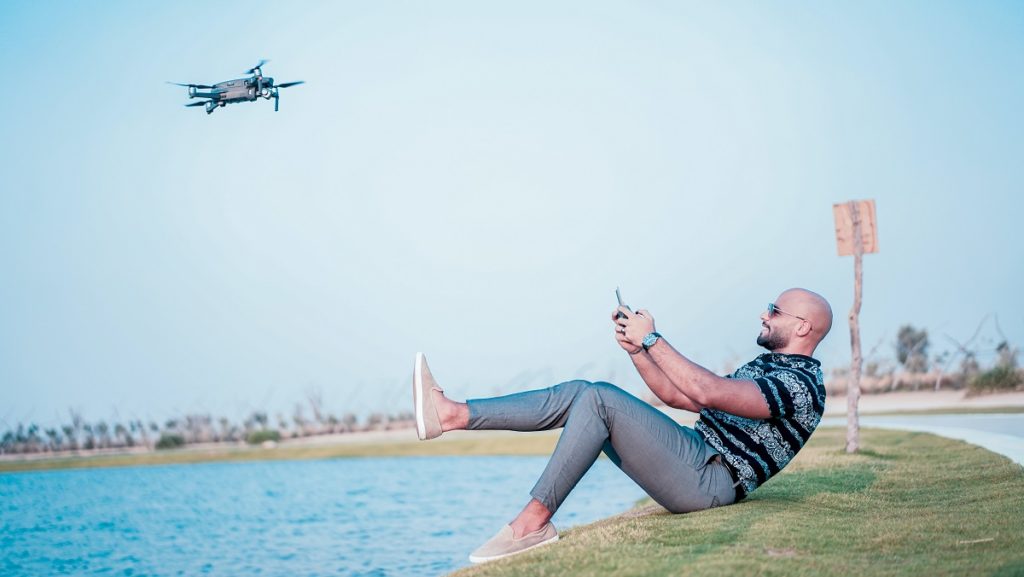
It’s one thing to be a good photographer. It’s quite another to be a good drone operator & photographer. Flying a drone requires practice. Lots of practice! Make sure you spend enough time honing in your flying skills; first simply just flying and then practicing taking shots as well. Get good at specific skills such as climbing, panning, approaching, pivoting, and landing before you jump right into a full-blown photoshoot. It’s fun and it’s easy to learn but you should put in the time flying a drone before you can start charging clients for your work.
Get your FAA License
You don’t need to get permission every time you fly a drone, but you do need to be licensed. Do some research around the regulations in your area for using a drone for commercial purposes. “Recreational pilots must still register their drones, fly within line of sight, avoid other aircraft at all times, and be responsible for complying with all FAA airspace prohibitions and restrictions,” according to Grupo One Air.
Getting the Shot
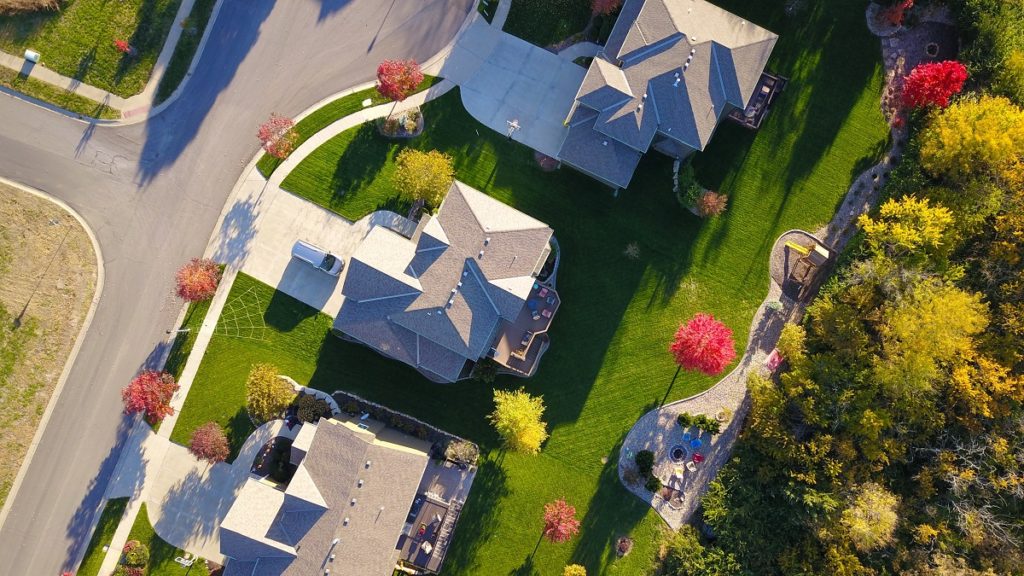
You shouldn’t worry too much about creativity in your drone photography. That said, there are a few classic drone shots that you’ll want to get during each aerial shoot. Just focus on getting good coverage of what you’re shooting, focus on framing the different areas of the property well, and pick out a few of the best features to focus on, e.g swimming pool, the garden, garage, etc…
This is also a chance to showcase the great features of the neighborhood. For example, if there is a nice body of water nearby, or a park, school, the church then add that into your shot list. Showcasing the neighborhood from the air, using stills and video is a really valuable service that clients will certainly find value in.
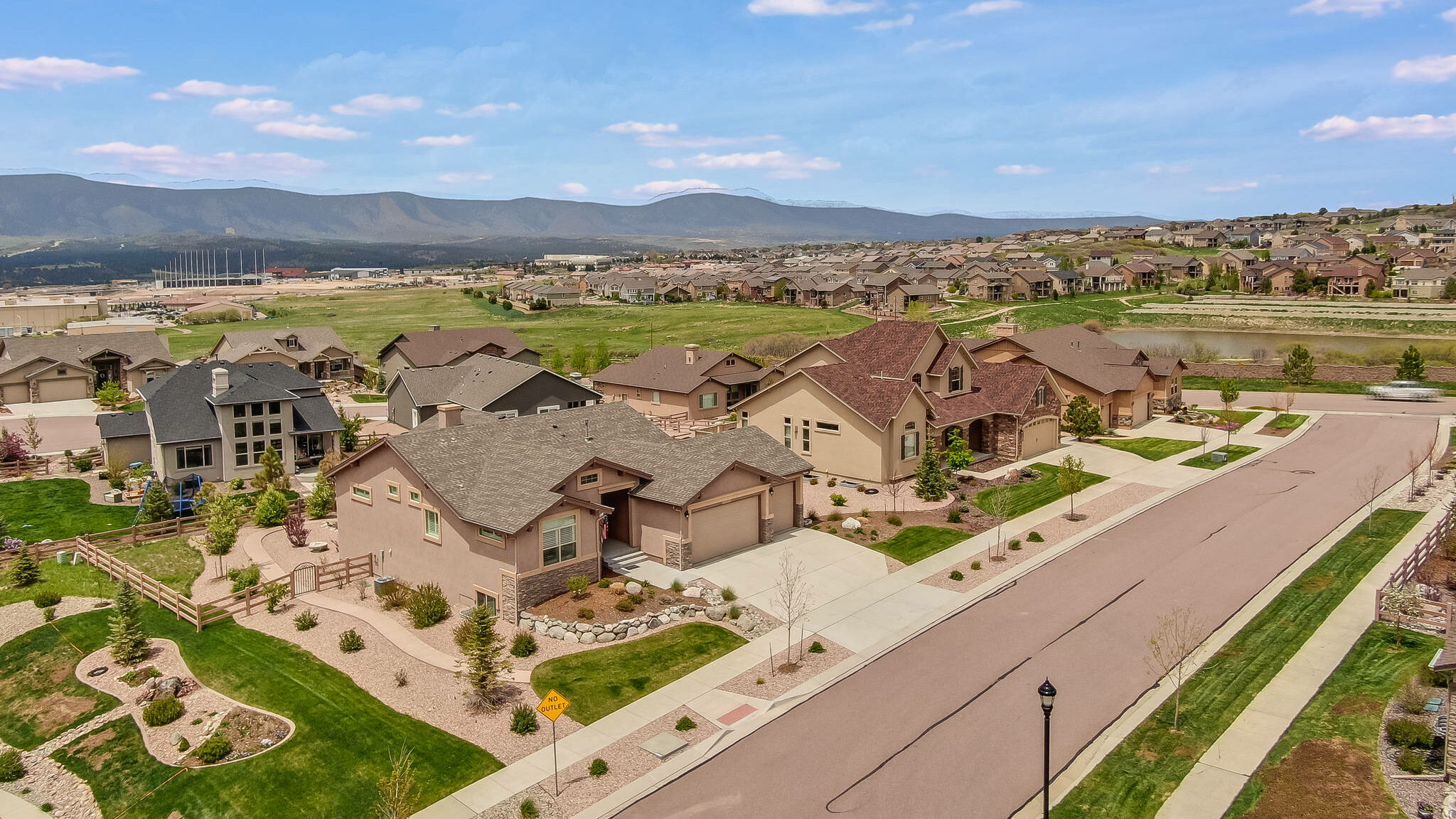
Drone photography is a great addition to any real estate photographer’s portfolio and will allow you to charge a few hundred extra dollars (sometimes thousands!) on every shoot if you can provide both stills and video. It’s a lot of fun and if you stick to the basics, you’ll be shooting professional aerial photography in no time.






